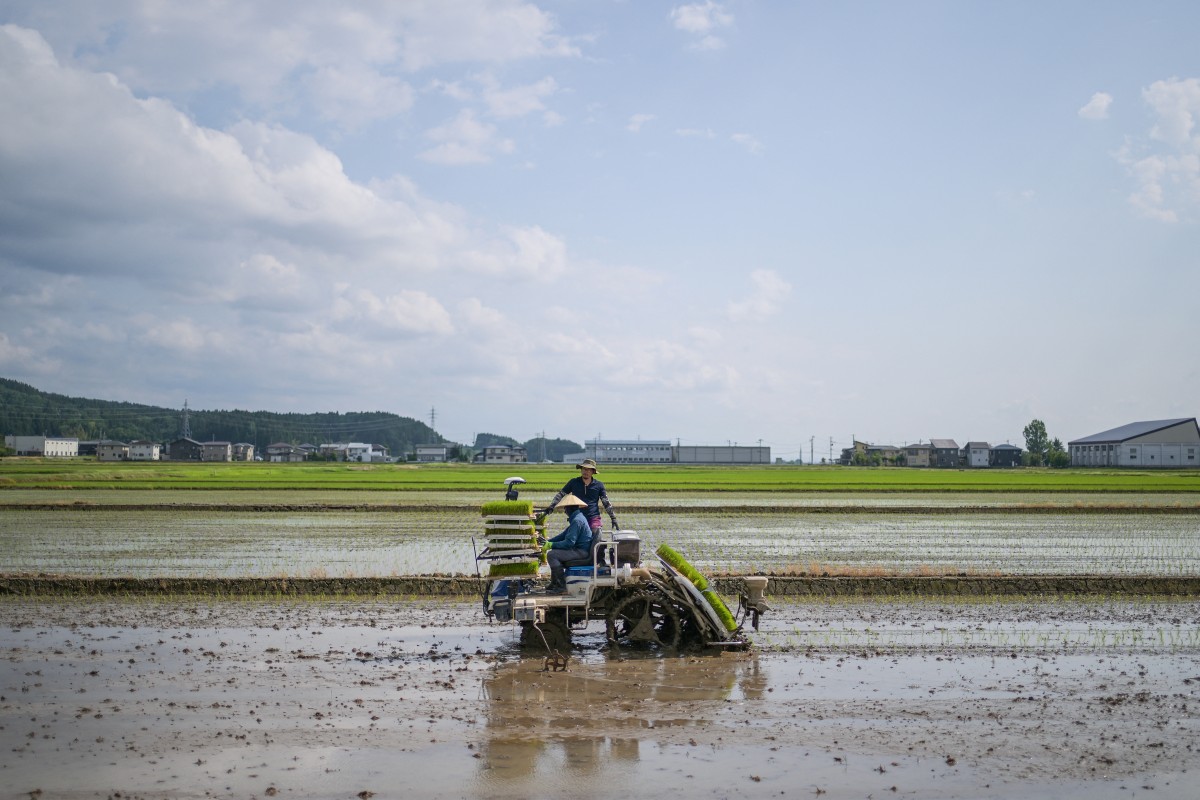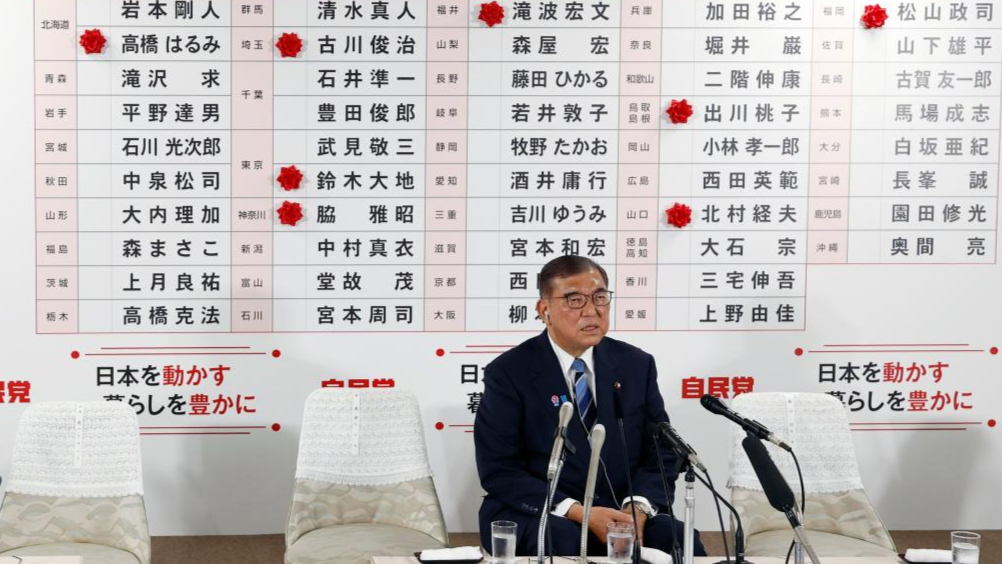
In a break from a decades-old policy, the Japanese government will encourage farmers to disregard a de facto cap on rice production and boost cultivation of the food staple, a step that could win support from the agriculture sector and soothe consumers’ frustration over soaring living costs.
“We will shift our policy to increase rice production, so that we will be capable of responding to changes in demand and supply flexibly and comprehensively,” said Prime Minister Shigeru Ishiba in a ministerial-level meeting Tuesday that focused on securing a stable supply of rice.
The move may give Ishiba another mission that justifies staying in power — ignoring calls to step down after the ruling coalition’s poor showing in an upper house election last month. It could also spotlight Agriculture Minister Shinjiro Koizumi, who has been touted as a potential future prime minister as Ishiba’s fate hangs in the balance.
As part of the initiative, the government will also work to ensure rice paddies are passed on to future generations and urge farmers to seize export opportunities, Ishiba said. Rice exports rose 22.6 percent in the first half of 2025, as surging interest in Japanese cuisine led to an increase in the number of Japanese restaurants overseas.
“We will devote our efforts to drive a drastic expansion of exports to levels where we will be undeterred by even the new tariff measures imposed by the US,” said Ishiba.
ALSO READ: Cheaper govt-stockpiled rice hits store shelves in Japan
The shift in policy may be welcomed by farmers, some of whom have bristled at being whipsawed by pressures to limit rice production as well as by government intervention in rice prices. Currently, the government provides subsidies meant to encourage farmers to limit rice cultivation by switching to other crops. The system keeps a floor under rice prices.

The government’s involvement in managing rice supply made for a tight demand-supply gap incapable of absorbing sudden upticks in demand. Increasing production indicates a shift in that policy, and could help avoid the kind of sudden steep rise in rice prices seen in the past year.
Whether a new approach will have broader appeal to a public that punished the ruling Liberal Democratic Party and its partner Komeito in last month’s election is not clear. Anger over persistent growth in living costs was a key factor in the outcome, which left the ruling coalition without a majority in either house of parliament.
Ishiba still faces pressure from within the party to stand down after that dismal showing. The party is set to discuss the results of the election and the prime minister’s fate at a plenary meeting on Friday.
Despite the calls for his head, Ishiba has maintained he will hang on to his post to see his policies through, including the implementation of the US trade deal.
A poll conducted over the weekend by broadcaster JNN showed that 46 percent of respondents thought a loss of faith in the LDP was the cause of their election loss, while 20 percent thought the defeat was caused by Ishiba’s government, suggesting that respondents were disillusioned with the party but not necessarily Ishiba himself.

The same poll showed that while 43 percent thought Ishiba should quit, 47 percent did not think he should.
Over the past couple of years, rice has become a symbol of how inflation is weighing on household expenses as real wages fail to keep pace with soaring costs. The nation’s key inflation gauge reached 3.3 percent in June, led by surging food prices. While rice prices doubled from a year earlier in the spring, the gains have moderated somewhat since the government channeled emergency stockpiles into the market.
READ MORE: Japan rice prices hit record for 17th straight week
The new approach signals a shift from the government’s decade-long involvement in managing rice supply to ensure prices did not drop and farmers stayed in business. The policy was initially implemented in the 70s to manage oversupply.
It has since been officially phased out, but the government still intervenes. In addition to the incentives to grow crops other than rice, the government provides a “target” rice supply that many farmers comply with, effectively capping rice production.


